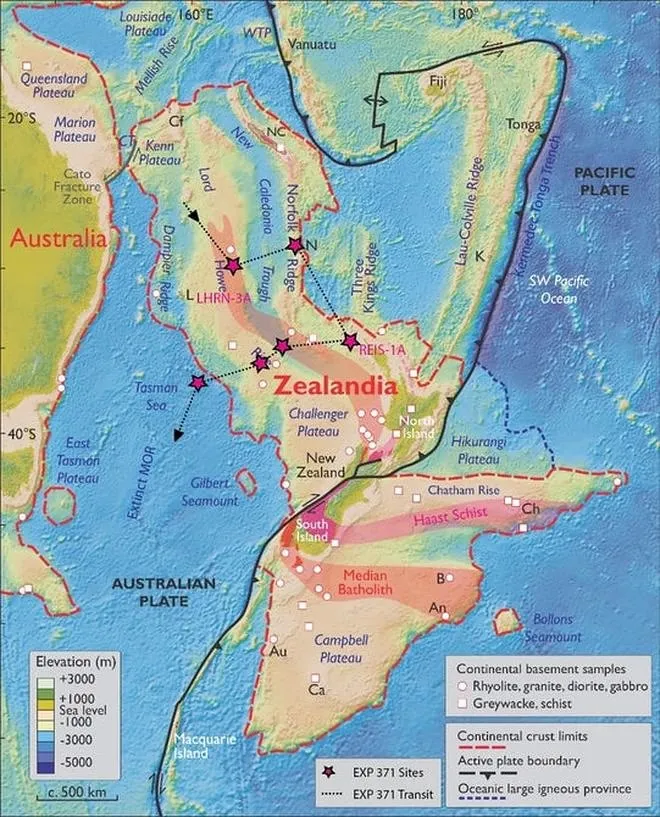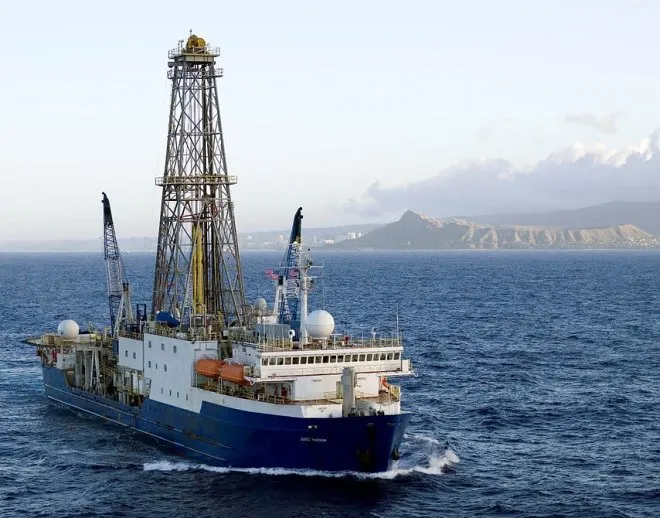
The group of geologists from 12 countries has completed a two-month expedition on deep-water drilling. Her results have brought a discussion about the past of Earth to new level. It appears, more than 60 million years ago on the planet was much more sushi, than water, but later ten millions of years there were certain "drama cataclysms". And now 94% of the former majestic continent Zealand are hidden under waters of the Pacific Ocean.
Geologists took samples of underwater soil on six different sites, with depths up to 1250 m. In the lifted cores there were thousands of elements which demonstrate that 60 million years ago this territory absolutely definitely was the land, and somewhere and highlands. Generalizing data, scientists have drawn a conclusion: 80 million years ago the huge massif of sushi called Zealand has broken away from Australia and Antarctica, having become the certain continent.

Then, between 40 and 50 million years ago, in the field of the present Pacific Ocean there were certain terrible events which have led to emergence of the reservoir, plus the Fiery ring on his perimeter. Whether there was it seismic activity, a catastrophic volcanic eruption, sharp change of climate or something other – scientists only try to understand. Because of the latest discovery former climatic and geological models of an era of the Eocene had to throw out and begin to be built new that irritates, frightens and inspires at the same time.
Perhaps, and eight continents not a limit? From a subsoil of the drowned Zealand was in cores so many remains of microorganisms, a dispute and pollen of plants that there are good reasons to believe – in those days Earth was not the blue planet, but green. The shallow seas and there is a lot of sushi with soft and warm climate, densely populated with different living beings. Alas, the most part of proofs of this theory is based upon a seabed now and to get them will be difficult.
